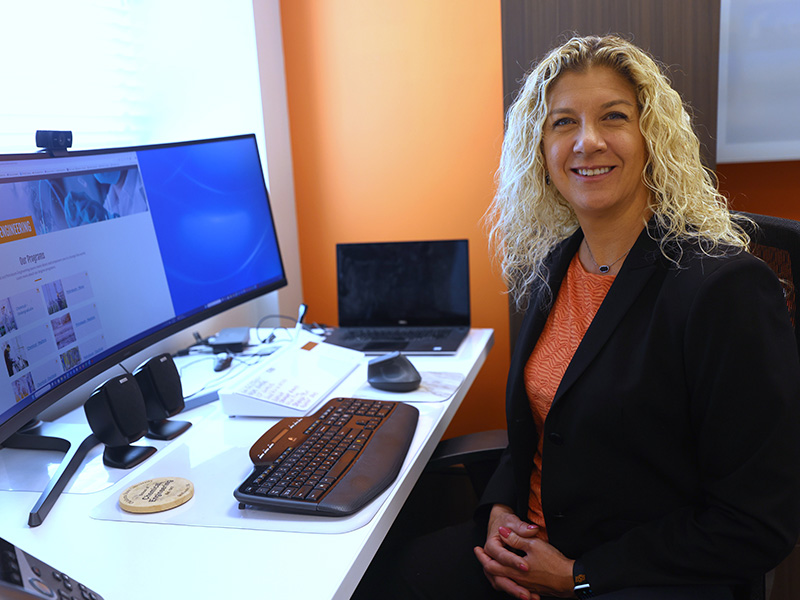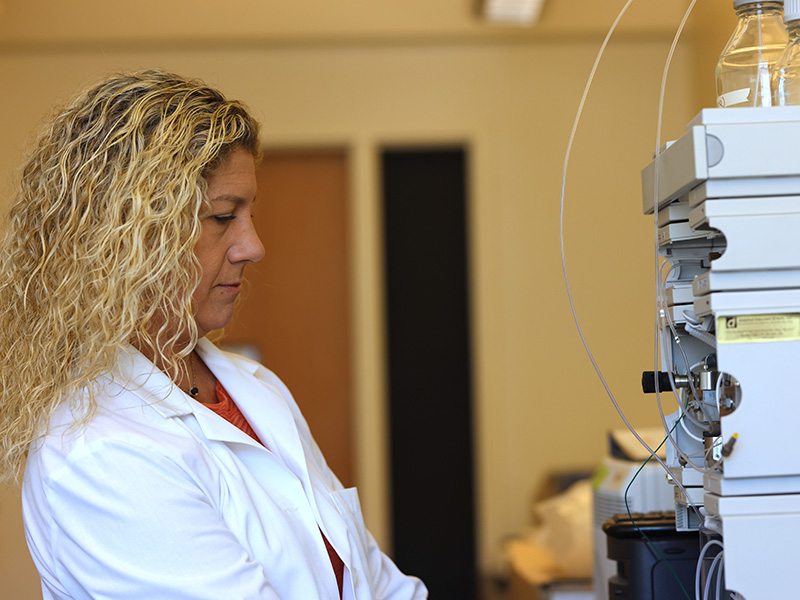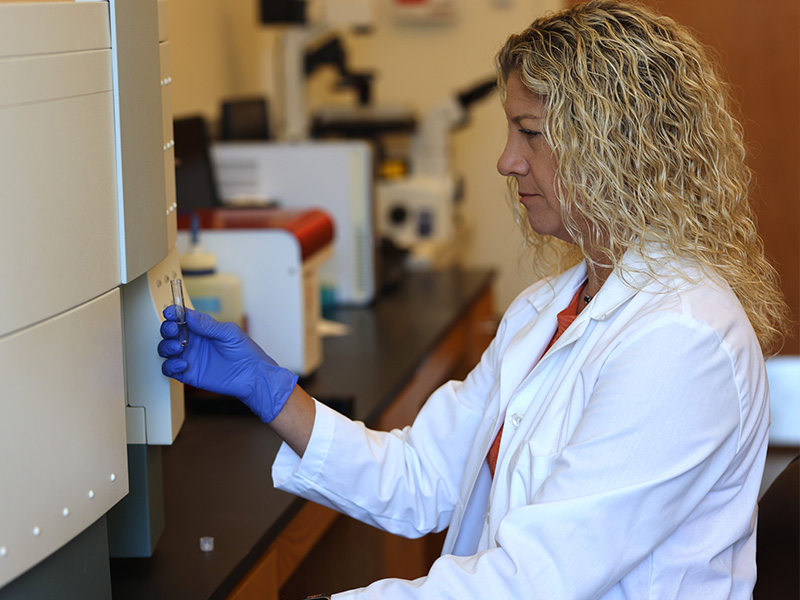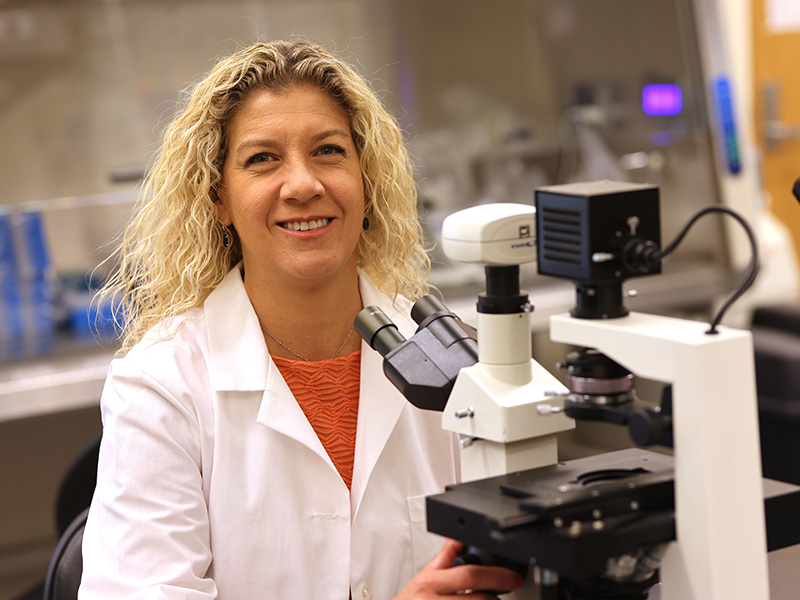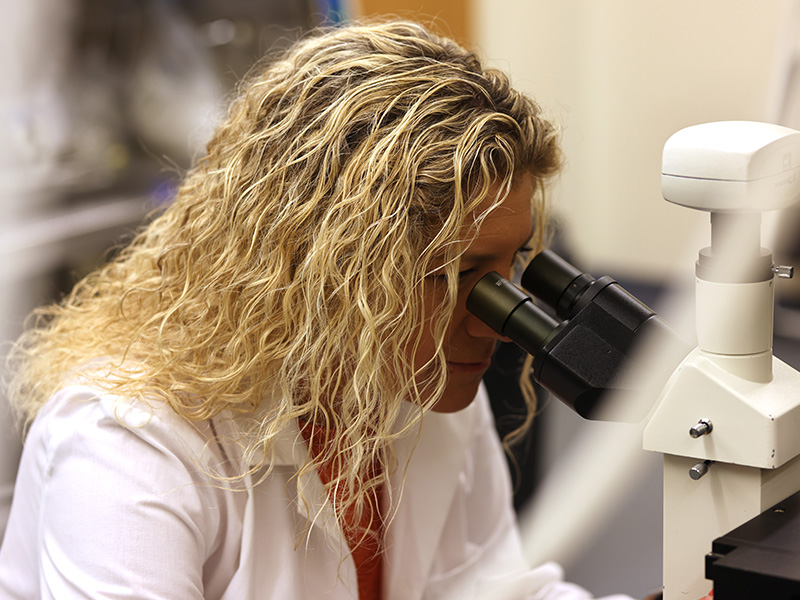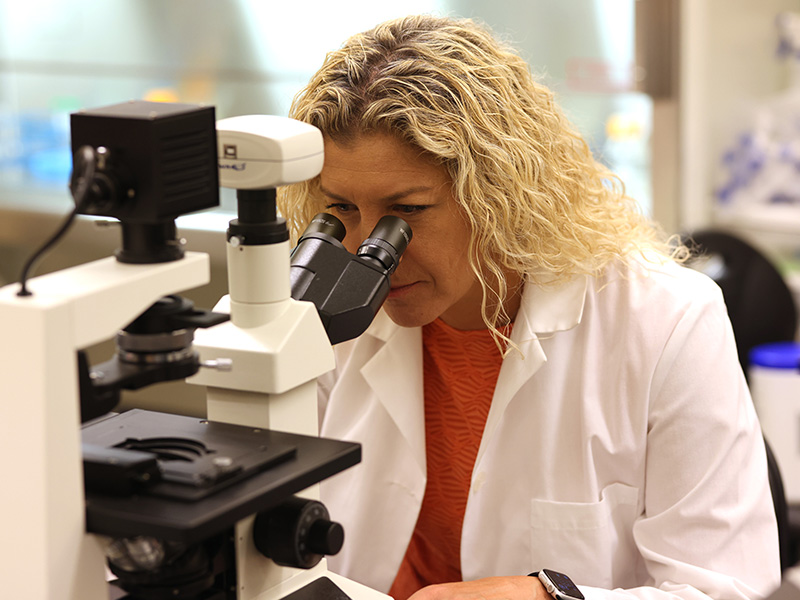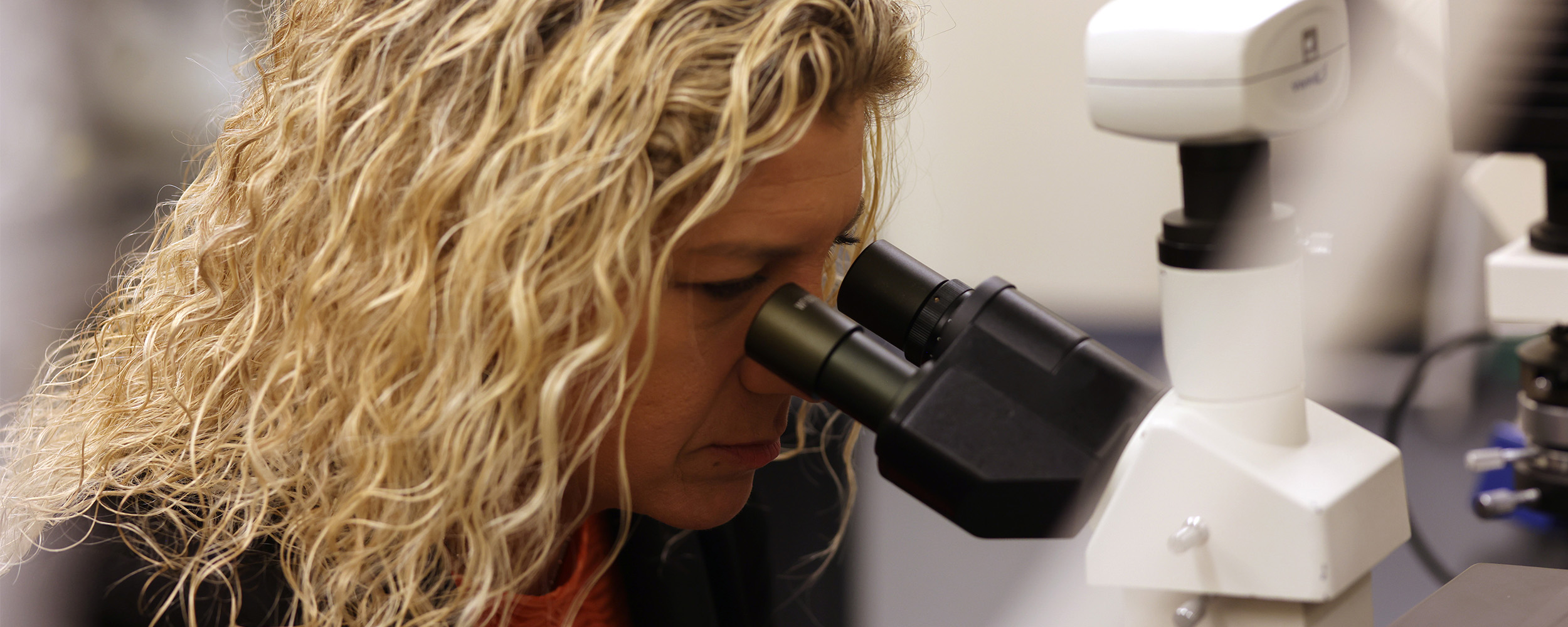
The breath between breakthroughs: Dr. Heather Fahlenkamp and the science of saving lungs
Monday, July 28, 2025
Media Contact: Kristi Wheeler | Manager, CEAT marketing and Communications | 4057445831 | kristi.wheeler@okstate.edu
Dr. Heather Fahlenkamp grew up in Enid, Oklahoma, developing an early appreciation for biomedical engineering by accompanying her diabetic grandmother to the local dialysis center.
She earned her B.S. (1997) and Ph.D. in Chemical Engineering (2003) at Oklahoma State University, with a M.S. in Bioengineering from the University of Utah (2000) in between. After completing her doctorate, Fahlenkamp worked for three years as a research scientist at VaxDesign Corporation (now part of Sanofi Pasteur), where she helped design immune‑system models for rapid vaccine development.

In 2006, Fahlenkamp returned to Stillwater as faculty in the School of Chemical Engineering, focusing her research on 3D human tissue-engineered models that simulate immune responses to inflammation and infection. Her work explores how vascular complications, allergens and infectious agents trigger disease, with applications in inflammation research and drug delivery systems, including nanoparticles and biomembranes.
Fahlenkamp earned a prestigious NSF CAREER Award for her early work advancing engineered tissue models for allergic inflammation studies. She was also one of the first project investigators for the Oklahoma Center for Respiratory and Infectious Diseases, the first NIH Center of Biomedical Research Excellence at OSU. Fahlenkamp received the OKBio Researcher Recognition Award in 2015, an honor celebrating her pioneering bioscience research within Oklahoma.
Fahlenkamp co‑led a notable NIH‑funded research effort, a $2.16 million grant awarded in 2018, to study respiratory syncytial virus (RSV) using her lab’s 3D human lung tissue model. Her model recreates key lung architecture and incorporates immune cells from infants and adults, allowing researchers to probe why infants often experience more severe RSV infections. This innovative approach bypasses human subject trials and offers a high level of experimental control.

In addition to RSV, her tissue model has been applied to studying influenza, allergies and other inflammation-related lung conditions, providing insights into immune dysregulation and potential therapeutic targets.
In July 2022, Fahlenkamp became the school head for chemical engineering at OSU, assuming the Edward Bartlett Chair role and leading the largest faculty group in the department’s history.
Beyond administration, she actively mentors students. Her leadership extends to universitywide initiatives: she contributed as a member of a strategic plan working group focused on shaping the ideal graduate, where, in addition to a degree, students develop specific competencies at OSU that enable them to serve as impactful leaders in their communities and careers.
Fahlenkamp’s lab is currently pioneering advanced 3D lung tissue models to dissect age-related immune responses to pathogens as well as ophthalmic drug delivery systems involving nanoparticle-loaded membranes affixed to contact lenses for sustained medication release in treating diabetic retinopathy.
Her commitment spans developing translational models, fostering interdisciplinary collaborations in infectious disease and biomedical engineering, and mentoring the next generation of researchers.
Fahlenkamp’s journey — from a proud Oklahoma Cowboy to a nationally recognized leader in tissue engineering and immune response modeling — illustrates impact through innovation. Her work has transformed how respiratory infection and inflammation are studied, and continues to push boundaries in drug delivery, mentoring and academic leadership.
At OSU, she is not just shaping the School of Chemical Engineering — she’s shaping the future of biomedical engineering.
Breath is something we take for granted — until it becomes a struggle. My goal is to help us understand those struggles on a molecular level, so we can stop diseases before they start.

